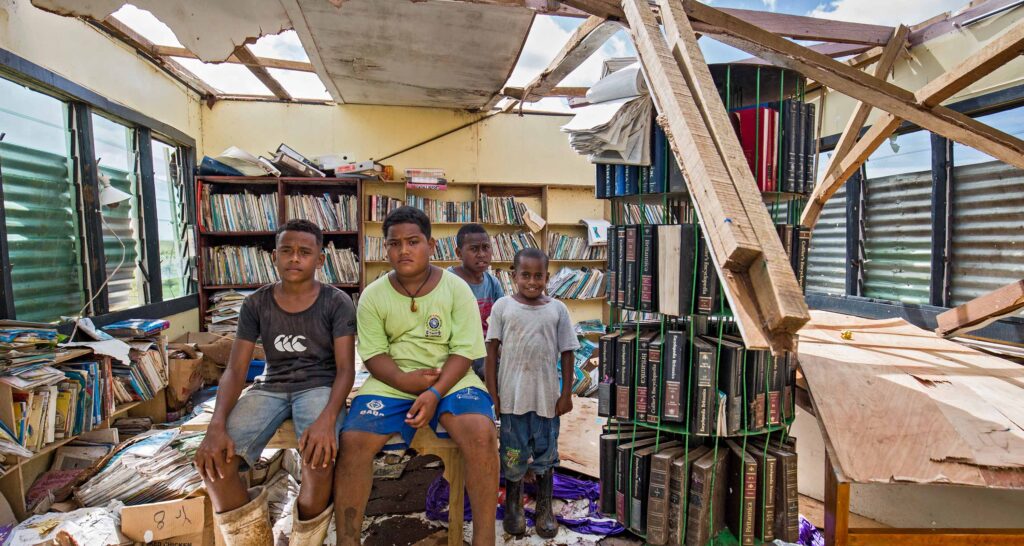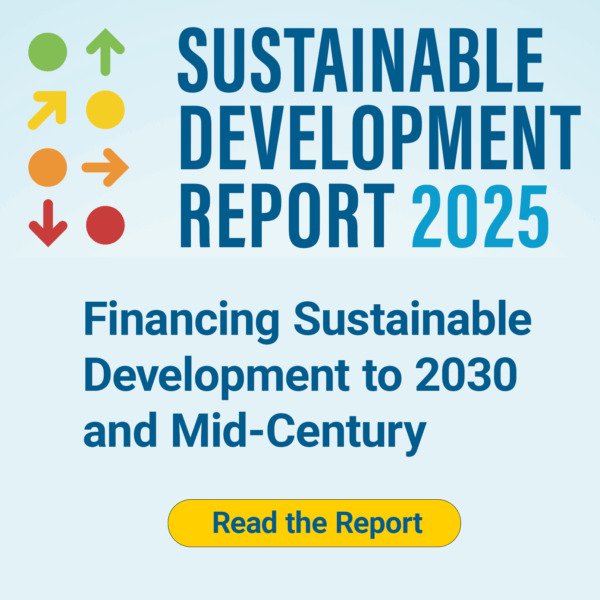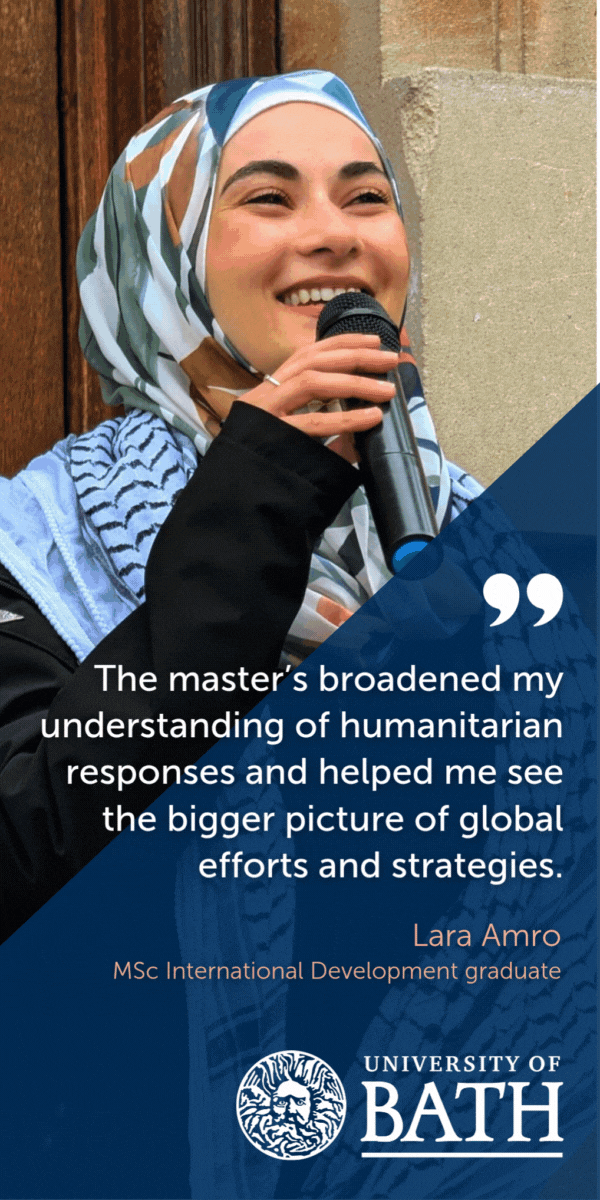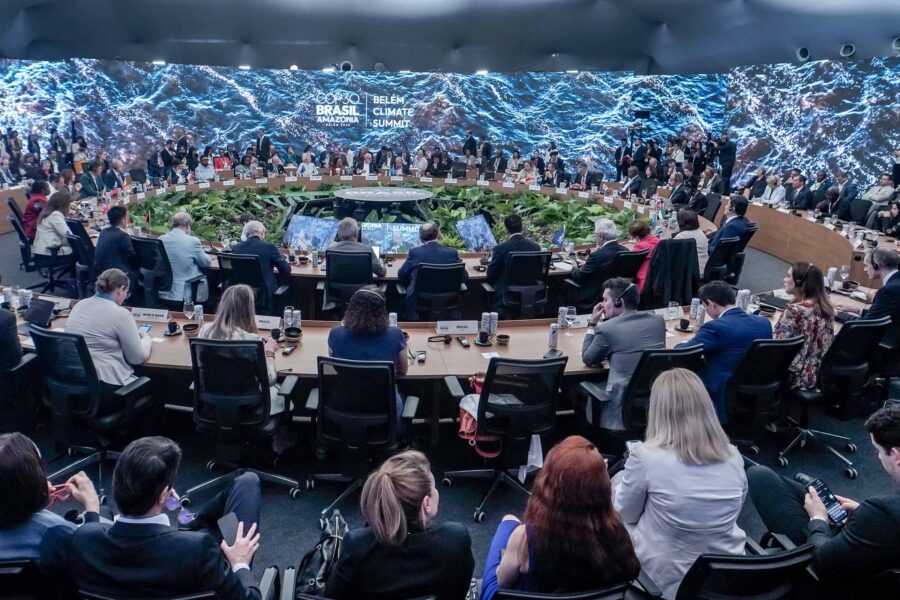Can AI be a gamechanger to reduce casualties from natural disasters?
Historically, natural disasters have taken a far heavier toll in poorer nations than in richer ones. Can advances in artificial intelligence help close that gap – providing earlier warnings and faster, more effective responses?
Climate — Global

Natural hazards and disasters have long exacted a heavy human toll, but this burden is far from equally shared. Historically, poorer nations suffer disproportionately higher casualty rates compared with richer ones, due to weaker infrastructure, limited access to technology, and less effective disaster response systems. With climate change increasing the frequency and severity of hazards, this inequity becomes ever more urgent to address.
In recent years, advances in artificial intelligence (AI) have created new opportunities for disaster risk reduction – and, notably, for narrowing the gap between rich and poor nations. The question is: can AI help less-developed regions achieve better early warning and faster, more effective responses, thereby reducing casualties? And if so, how?
Bridging the preparedness divide
Wealthy countries typically invest heavily in infrastructure, meteorological monitoring, communications networks, and rapid deployment capabilities. These investments translate into more effective early warnings and more resilient responses. Conversely, many low-income countries face resource constraints, less robust data systems, weaker connectivity, limited emergency logistics, and therefore higher vulnerability when disasters strike.
It is not just about magnitude of hazard: the difference lies in preparedness, detection, dissemination, and response capacity. For example, countries with better-monitored seismic networks and rapid evacuation systems can limit casualties. Robust communications infrastructure and social safety nets mean that even if two countries experience the same disaster, outcomes may differ dramatically.
Bridging this gap is a major challenge, but also a major opportunity. AI offers capabilities that, when scaled appropriately, may help amplify resilience in lower-resource settings.
AI’s strength lies in processing large volumes of data in real time – detecting patterns, supporting decision-making, and triggering targeted action. In the context of disaster risk reduction (DRR), these capabilities map directly to key phases:
- hazard detection and monitoring
- early warning dissemination
- response coordination
- recovery and learning
Setting global standards for AI in disaster management
International standards play a vital role in guiding the adoption of AI across all phases of the disaster management cycle. The International Telecommunication Union (ITU) has been at the forefront of developing guidelines for the use of emerging technologies in disaster management, developing standards related to disaster relief, early warning, and network resilience.
ITU, in collaboration with the World Meteorological Organization (WMO) and the United Nations Environment Programme (UNEP), established the Focus Group on AI for Natural Disaster Management (FG-AI4NDM) in December 2020. This laid the groundwork for future international standards by identifying best practices for applying AI in disaster management, based on an analysis of more than 25 use cases spanning various disaster types. Building on the completion of the focus group’s work in March 2024, the Global Initiative on Resilience to Natural Hazards through AI Solutions is now advancing these standardization efforts related to AI-driven resilience solutions worldwide. The initiative aims to scale AI use cases, promote standards, support research, and foster capacity in vulnerable nations.
Turning standards into action
Building on the best practices identified by the focus group, the MedEWSa project (Mediterranean and pan-European forecast and Early Warning System against natural hazards) translates these insights into practice. It integrates interoperable data standards, AI-based forecasting models, and cross-sectoral collaboration frameworks to strengthen early warning and response systems.
By adopting standardized approaches to data collection, model validation, and information sharing, MedEWSa ensures that AI solutions are transparent, reliable, and scalable across different national contexts. The project exemplifies how international standards can move from conceptual frameworks to real-world applications, improving the timeliness and effectiveness of early warnings and enhancing resilience to extreme weather events across the Mediterranean region.
Timely warnings are vital to reducing casualties. AI can improve forecasting and hazard detection by combining satellite imagery, sensor data, weather models, and even social media signals.
These capabilities are not theoretical. AI has already been used to detect tsunamis via subtle ionospheric signals, and to map landslides rapidly using satellite data. A key program in this area is Early Warnings for All (EW4All). This global initiative, launched by the UN, aims to ensure that every person on the planet is protected by early warning systems for extreme weather and climate-related events. ITU created an EW4All-AI subgroup to drive integration of AI into early-warning systems in lower-income countries.
Filling data gaps and strengthening connectivity
One historic challenge in poorer countries has been the lack of high-quality, real-time data and the poor connectivity for warnings to reach all communities. AI can help identify these “blind spots.” Within the EW4All initiative, an Early Warning Connectivity Map uses AI (in partnership with Microsoft’s AI for Good Lab, Planet Labs, and the Institute for Health Metrics and Evaluation) to map populations lacking telecommunications coverage, thus identifying where early-warning messages may fail to arrive. By revealing data or coverage gaps, AI enables targeted investments and helps decision-makers prioritize where to build connectivity, local sensor networks, or community-based warning systems.
AI on the front lines
Once a disaster strikes, rapid and effective response can mean the difference between life and death. AI tools can analyze satellite imagery, drone footage, social media, and ground sensors to assess damage, prioritize rescue zones, allocate resources, and optimize logistics.
AI also supports real-time damage mapping and rapid flood assessments – capabilities especially valuable in regions with fewer response assets. In low-income regions where every minute counts and resources are constrained, AI-driven triage can help ensure scarce resources reach those most at risk first.
Beyond the immediate disaster, the longer-term work of building resilience and reducing future casualties is critical. AI can help analyze historical disaster data, infrastructure weaknesses, and socio-economic vulnerabilities to inform future mitigation. AI can also convert complex climate and land-use biodiversity data into actionable insights for financing resilience in vulnerable countries. By helping less resourced states identify and prioritize structural investments (such as flood defenses, early-warning sensors, and evacuation routes), AI helps tilt the balance toward prevention rather than solely response.
Scaling innovation through collaboration and ethics
ITU has taken a leadership role in promoting AI-driven disaster resilience, with specific initiatives tailored to low and middle-income countries.
A notable example is the AI for landslide detection challenge, launched by the ITU, WMO, European Space Agency, University of Padua, and University of Cambridge. The goal: to create a model enabling accurate and reliable landslide detection that leverages synthetic aperture radar (SAR) data for cloud-covered regions, while prioritizing optical data where available.
Initiatives such as this emphasize two crucial themes:
- scalability (making solutions accessible in low-resource settings)
- standardization and ethics (ensuring AI is used responsibly and interoperably)
Conditions for success
AI has genuine potential to narrow the gap between rich and poor nations in reducing casualties from natural disasters, but it will not happen automatically. Several conditions must be met:
- Access to infrastructure and data: AI models require good data and connectivity systems. Many poorer nations still lack reliable networks, sensors, or historical data.
- Local capacity and human-centered design: AI cannot simply be transplanted – it must be adapted to local contexts, languages, cultures, and geographies.
- Financing and sustainability: investing in resilience is different from just responding to disasters. AI can help highlight where investment will have maximum effect.
- Ethics, standards, and sharing: to scale globally, AI solutions must be interoperable, trustworthy, and equitable. ITU’s work on standards seeks to ensure that AI works across different regions and socio-economic contexts.
The historic discrepancy in disaster casualty rates between poorer and richer nations has been a stark reflection of unequal access to data, technology, and response infrastructure. AI offers a transformative path to narrowing that gap – through better early warnings, smarter monitoring, targeted resource allocation, and resilience investment. The initiatives led by the ITU demonstrate an organized, global effort to make this potential real.
Featured in:
Climate Action edition 2025
Beyond the disappointing headlines from COP30, progress is still being made on climate action. Even without the roadmap for the phaseout of fossil fuels making it into the conference's final statement, fossil fuels are on their way out. Renewables have already reached the tipping point where they are commercially more attractive than fossil-fuel alternatives - momentum for the transition will start to gather pace.
This edition picks up on themes from the latest COP: systems transformation, human dimensions and planetary stewardship.
Authors include: Yamide Dagnet, Emi Minghui, Selen Inal, Jumpei Takami, Bilel Jamoussi, Karen Ellis, Mohamad Ansarin, Diana Denke, Juan Lucas Restrepo, Beatrice Mosello, Alexandra Steinkraus, Mauricio Voivodic, Meghna Das, Mariana Matoso, Bernardo Arce and Mia Calle.
Publication date: 26 November 2025







